As will be explored in future blogs, a franchise agreement between a governmental entity, or Local Franchise Authority (“LFA”) and a cable TV provider allows the operator to utilize the public Rights-Of-Way (“ROW”) in exchange for compensation to the LFA. In addition, the franchise agreement should stipulate obligations of the operator, including operating the system in a safe and reliable manner.
Technical audits or evaluations are a means which LFAs can use to determine the level of compliance of the operator as it applies to technical design, construction and maintenance of the system. The audit should include a paper review of the design parameters of the system including, but certainly not limited to:
- Service boundaries
- Bandwidth or capacity
- Compression levels of channels, including Public, Educational and Governmental (PEG) channels
- Outage numbers, causes and durations
Each of these pieces of information help to create an understanding of the overall ability of the network to serve the residents represented by the LFA, both now and in the future.
Additional areas to review will be system specific such as the method utilized to transport remote PEG signals to a master control facility for playback and storage. For instance, is 1980s era analog equipment still providing these transportation paths or has the system been upgraded to a High Definition quality signal? Systems with Institutional Network needs should evaluate the reliability and capacity needed and how the operator can meet these needs.
Often the most telling portion of a system audit is that of a technical inspection of the physical infrastructure from the headend and hubs up to the side of residences and businesses. This inspection will help quantify the level of compliance with two primary sets of codes that can be applied to a cable TV system. Although other codes and laws can apply, there are two primary codes that are used for a basis when doing a technical audit. These are the National Electrical Code (NEC), which covers, primarily, infrastructure on the premises and the National Electrical Safety Code (NESC) which applies more to the infrastructure on the poles and in the ground. For these codes to apply to the area overseen by the LFA, they must be adopted as the standard. They do not have any value as a standard until the LFA or each jurisdiction adopts them.
This blog only begins to touch on the system parameters that can be reviewed and audited. With a properly designed and performed audit, the LFA can gleen a better understanding of the system’s capabilities, reliability and safe operation. For more information, contact us today.

